OmniVision outs 13 MP camera sensor with big 1.4-micron pixels and phase-detection autofocus
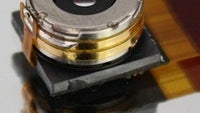
The world's second-largest phone camera sensor maker just outed what may be the most impressive phone units, at least on paper. How about having giant 1.4 micron pixels, like on the iPhone 6, but in a camera with the hearty 13 million pixels resolution. Larger pixels theoretically mean more light caught in the pixel "bucket" at once, hence better low-light and night photography, the Achilles heel of today's smartphones.
OmniVision managed to stuff the 1.4 micron-large pixels of the 13 MP OV13880 sensor in a 1/2.4″ sensor size. For comparison, given that most phones now carry cameras with 1.12-micron sensors, the 1.4 micron-laden one would be as large as today's 21 MP units put in phones like Sony's Xperia Z-series. Not only that, but OmniVision has loaded the sensor with the latest and greatest in mobile camera technology, like Phase Detection Auto Focus, allowing focusing times to be a fraction of a second, stacked sensor architecture, and Clear Pixel 2.0 tech, which is similar to Samsung's ISOCELL undertaking. Here is the full list of features:
- 1/2.4″ 13MP Stacked PureCel-S Sensor
- 1.4-micron Pixels, 1/2.4″ sensor size (same size as other 21MP 1.12-micron sensors)
- PDAF + 240Hz two-dimensional contrast AF
- Buried Color Filter Array (similar to Samsung’s ISOCELL technology)
- Capable of recording 4K videos at 60 FPS, along with recording 1080p video at 240 FPS (this will help to edit slow motion videos)
- OmniVision Clear Pixel 2.0 technology (Red-Clear-Blue-Clear Color Filter Array)
The company also outed a 5 MP version - OV5880 - which again features 1.4-micron pixels, and sounds perfect for the all-important selfie-snappers at the front of our phones:
- 1/4″ 5MP Stacked PureCel-S Sensor
- 1.4-micron Pixels, 1/4″ sensor size (same size as other 8MP 1.12-micron sensors)
- PDAF + 120Hz two-dimensional contrast AF
- Buried Color Filter Array (similar to Samsung’s ISOCELL technology)
- Capable of recording UHD or 1440p videos at 60 FPS, along with recording 1080p vides at 120 FPS (this will help to edit slow motion videos)
- Optional EIS when capturing photos/videos in 16:9 instead of 4:3
- OmniVision Clear Pixel 2.0 technology (Red-Clear-Blue-Clear Color Filter Array)
The two sensors sound mighty impressive, at least on paper, and OmniVision claims we will be able to see them in devices early next year, as they will be shipping to select customers by the end of 2015.
source: Unifore
Follow us on Google News









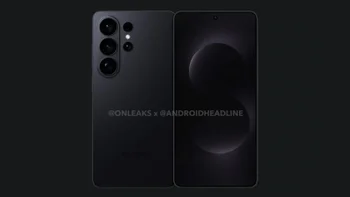
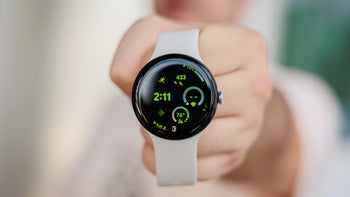
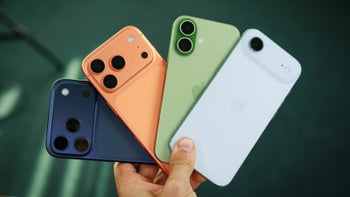
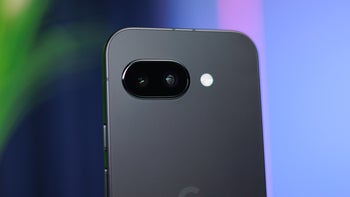
Things that are NOT allowed:
To help keep our community safe and free from spam, we apply temporary limits to newly created accounts: